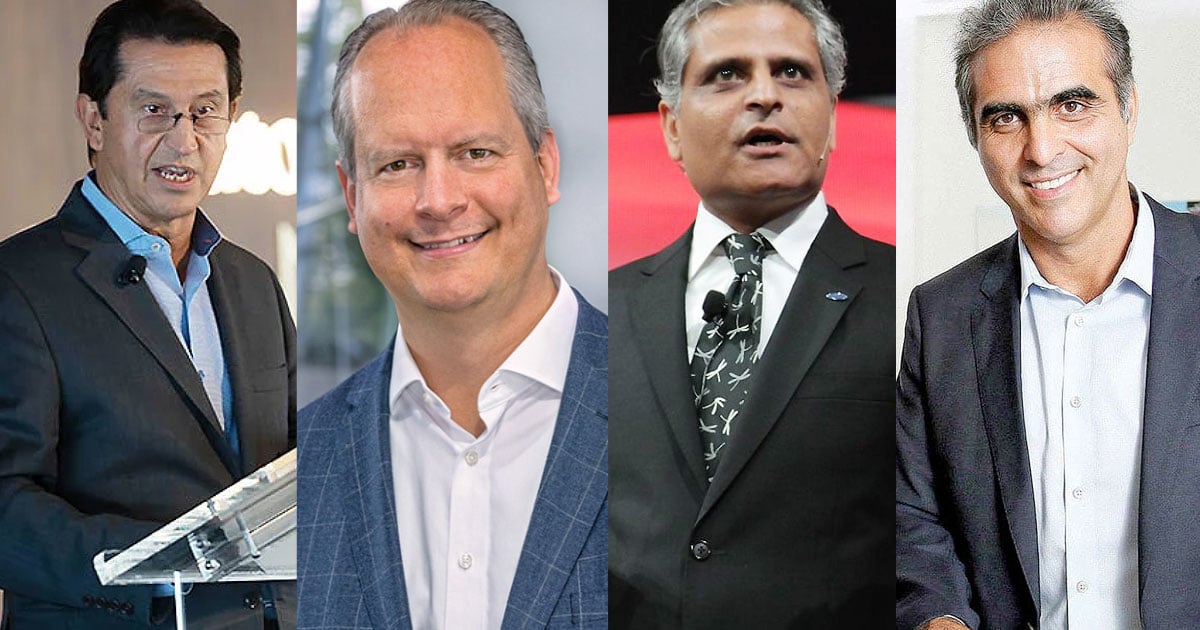
In this week’s issue, and also next week’s, we offer in-depth interviews with some of the top North American auto executives.
Every year, we sit down with the industry’s North American chiefs to give readers a glimpse of the leadership thinking inside key brands.
This week, it’s Jose Muñoz, CEO of Hyundai and Genesis Motors North America; Sebastian Mackensen, CEO of BMW North America; Kumar Galhotra, president of Ford Blue; and Pablo Di Si, CEO of Volkswagen Group of America.
That have a lot to talk about because each of their companies is in a state of change.
Hyundai is attempting to create a pipeline of U.S.-made electric vehicles, despite the headwinds the automaker is feeling from the U.S. government in the tax rules of the Inflation Reduction Act.
At BMW, Mackensen posed a question that’s surely weighing on the mind of every manager in the auto business: “How do you do even more things simultaneously?” Just to name a few things, he pointed up the transformation of BMW’s vaunted internal combustion portfolio into a battery-powered one, implementing new digital channels for retailing and meeting tougher U.S. emission regulations.
At Ford Blue, Galhotra told us that he is reviewing plans to improve his cost structure. Ford Blue was established 16 months ago to focus on Ford’s traditional vehicles, such as the profit-generating F-150 and the popular Bronco, while Ford’s other unit focuses on getting its new electric endeavors up on their feet.
Galhotra got the easy part of the deal, right? Hardly. He tells us he’s now looking for cost improvements all over the enterprise. Two examples: eliminating 2,400 parts from the F-150 and reducing the number of different harnesses used in the Explore from 500 to fewer than 20.
Volkswagen’s Di Si tells us that VW is working on ways to get new products to market faster. That’s important for positioning its retailers when a segment is hot. But in the meantime, he said, he’s meeting with retailers to help create a better-operating Volkswagen, with better logistics and financing and leasing.
These changes are taking place as the industry awakens from more than three years of marketplace crazies and manufacturing disruption.
And really, the number one thing all four leaders have in mind: making the most out of the coming industry surge.